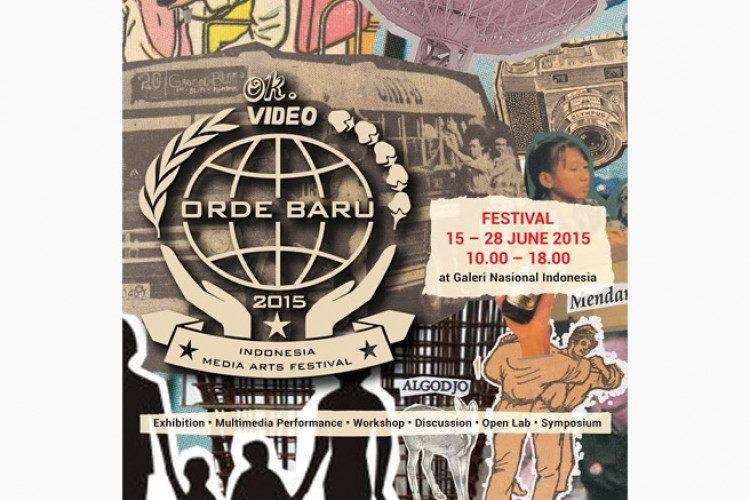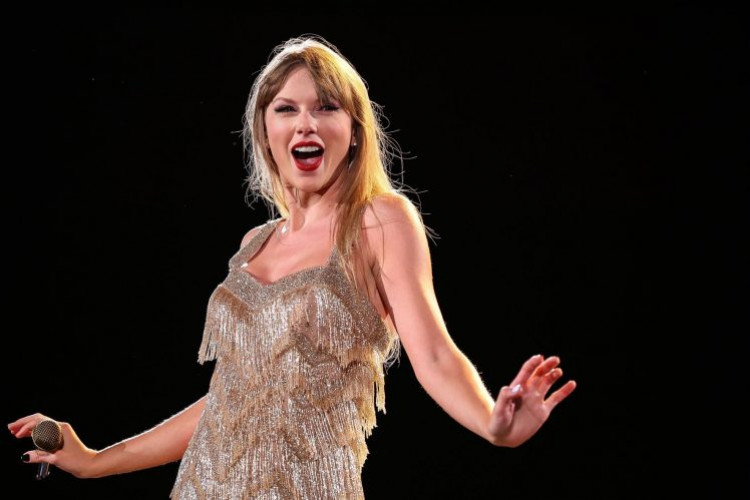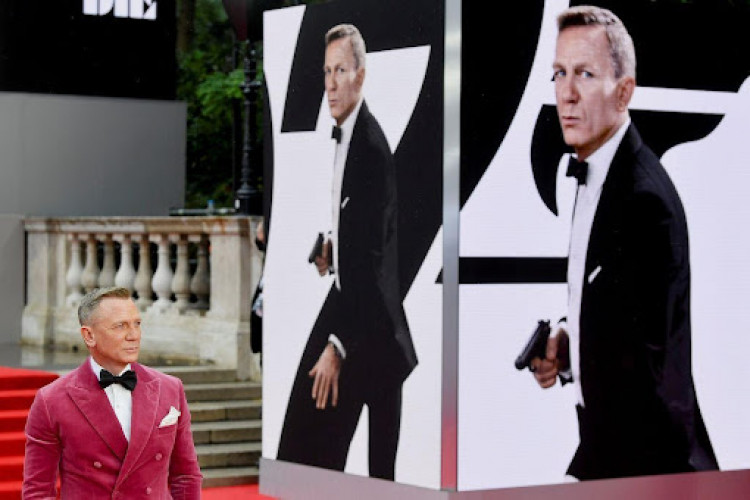Pixelated Perspective with Oomleo
Mariati Galatio (M) Interviews ruangrupa's Oomleo (O).
by Ken Jenie
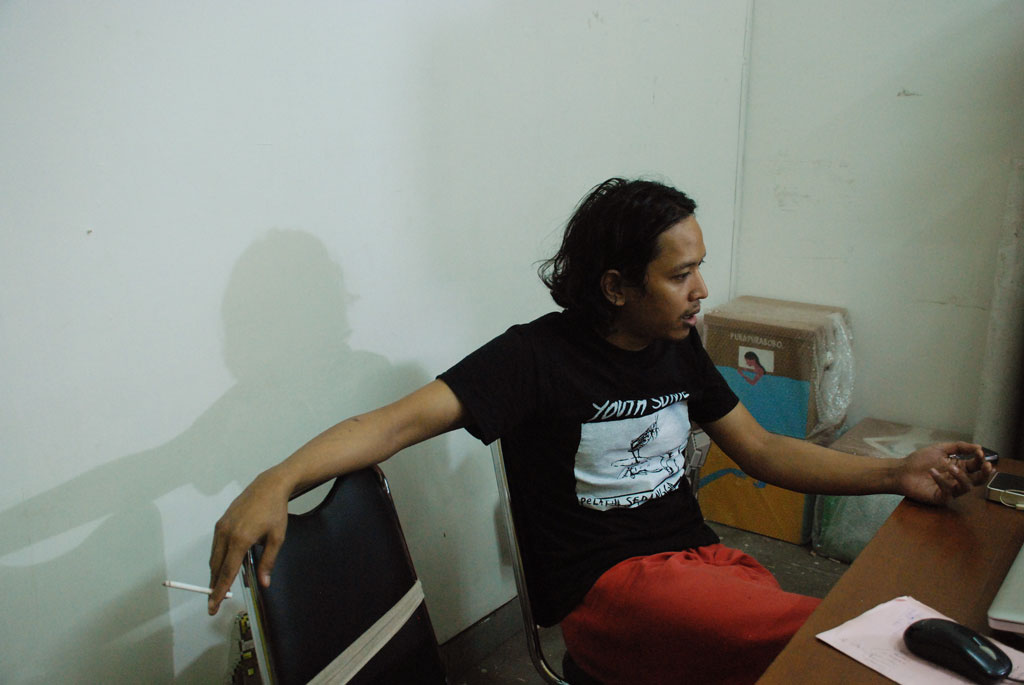
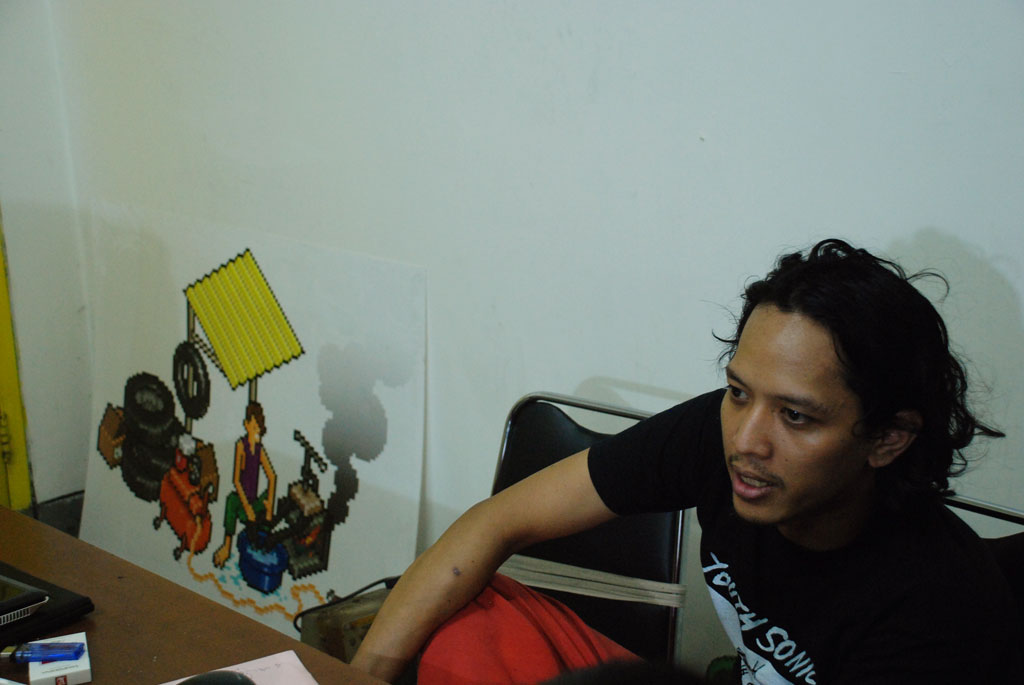
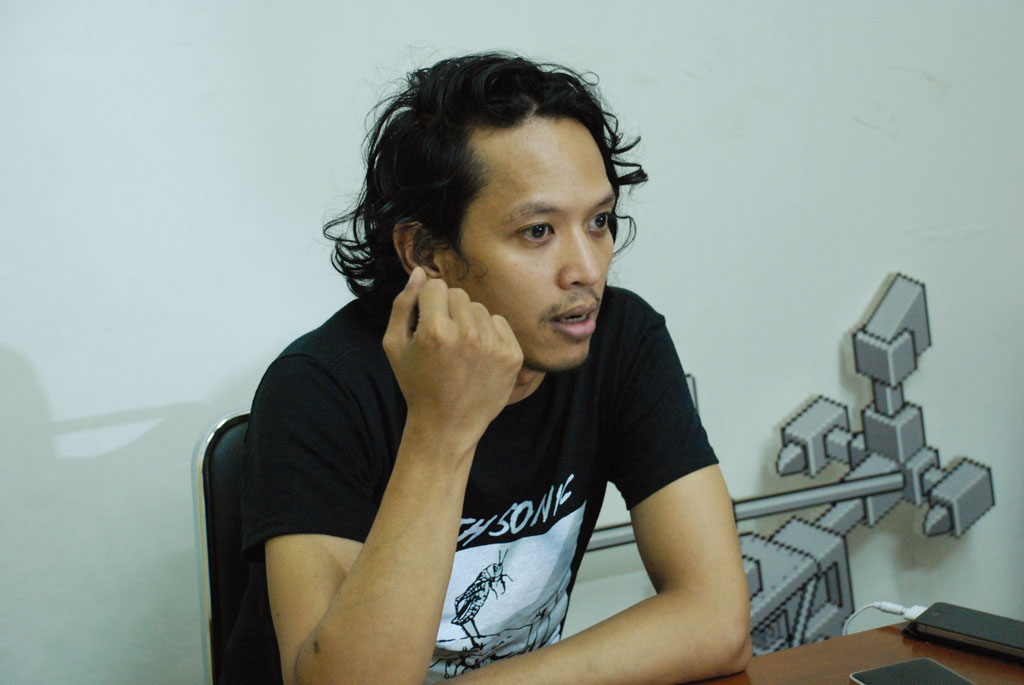
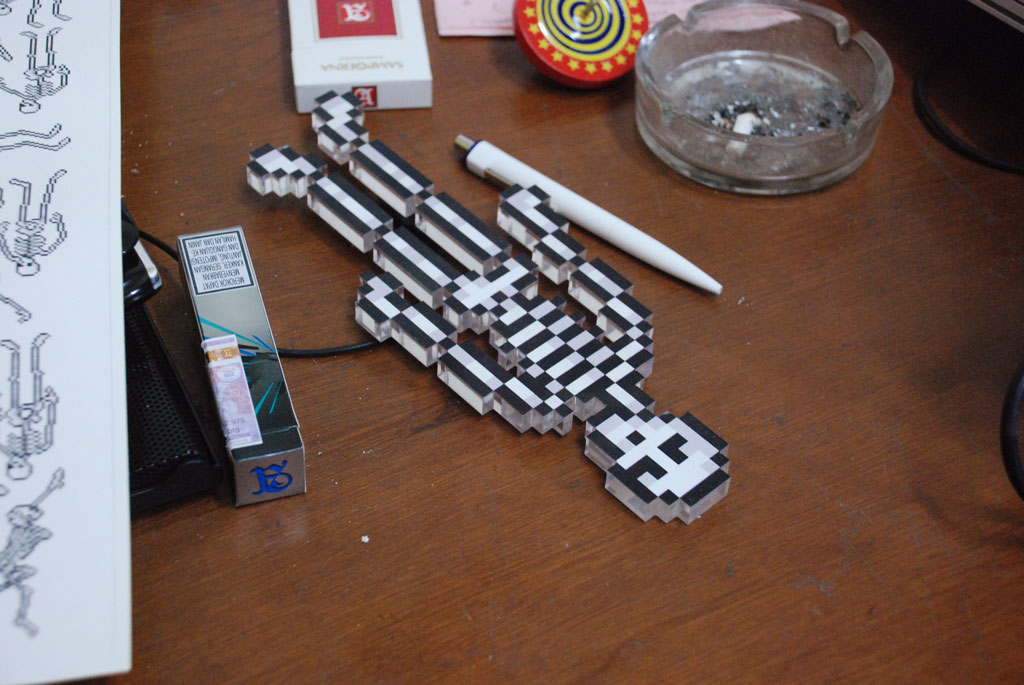
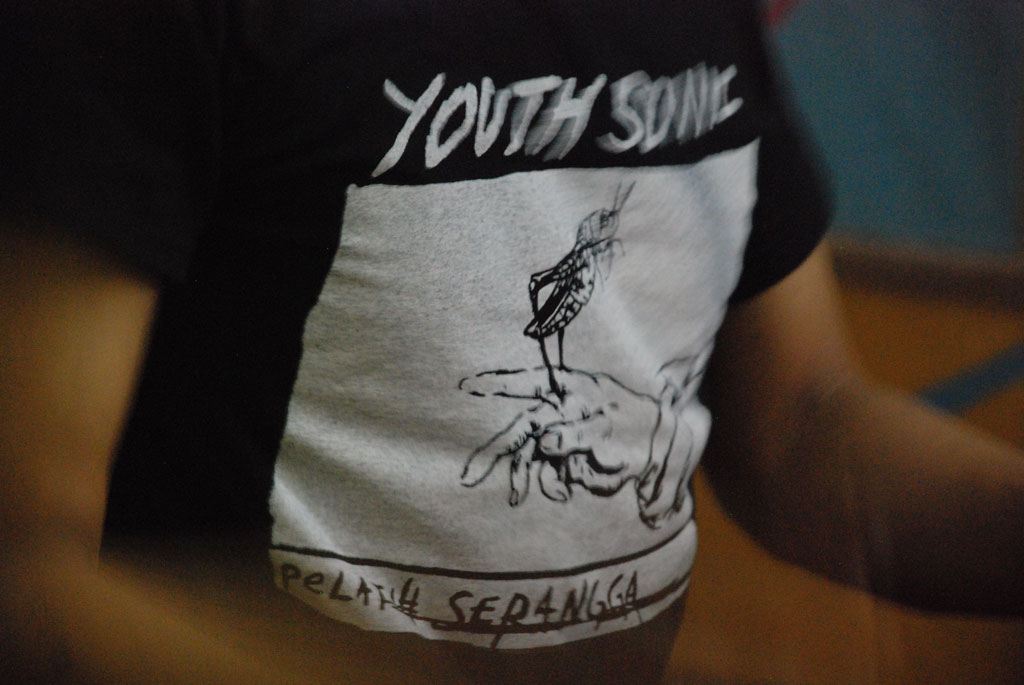
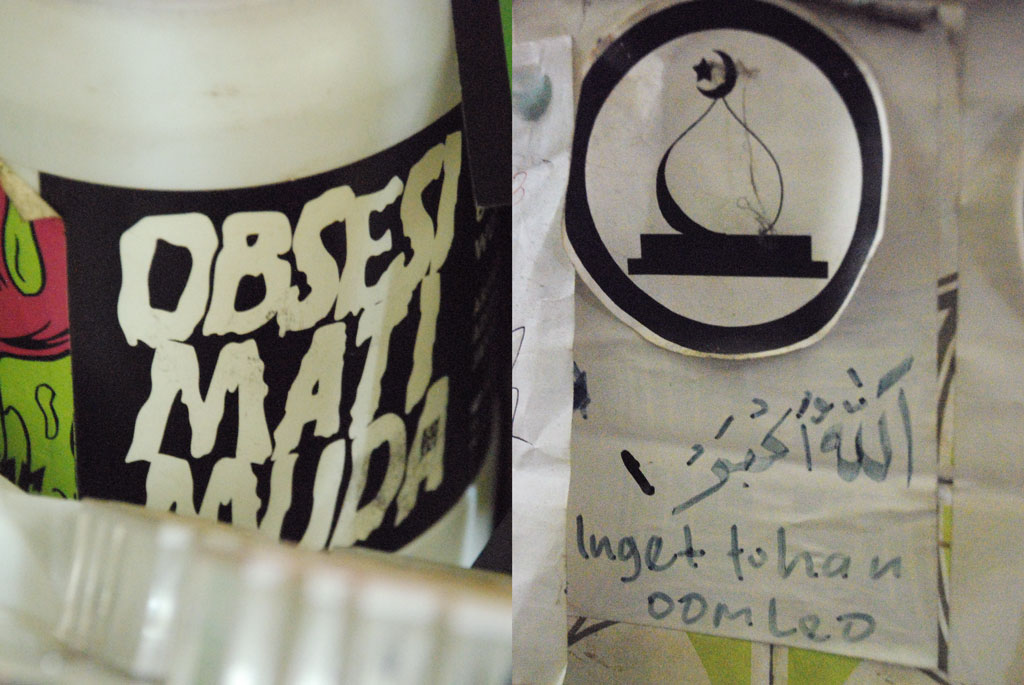
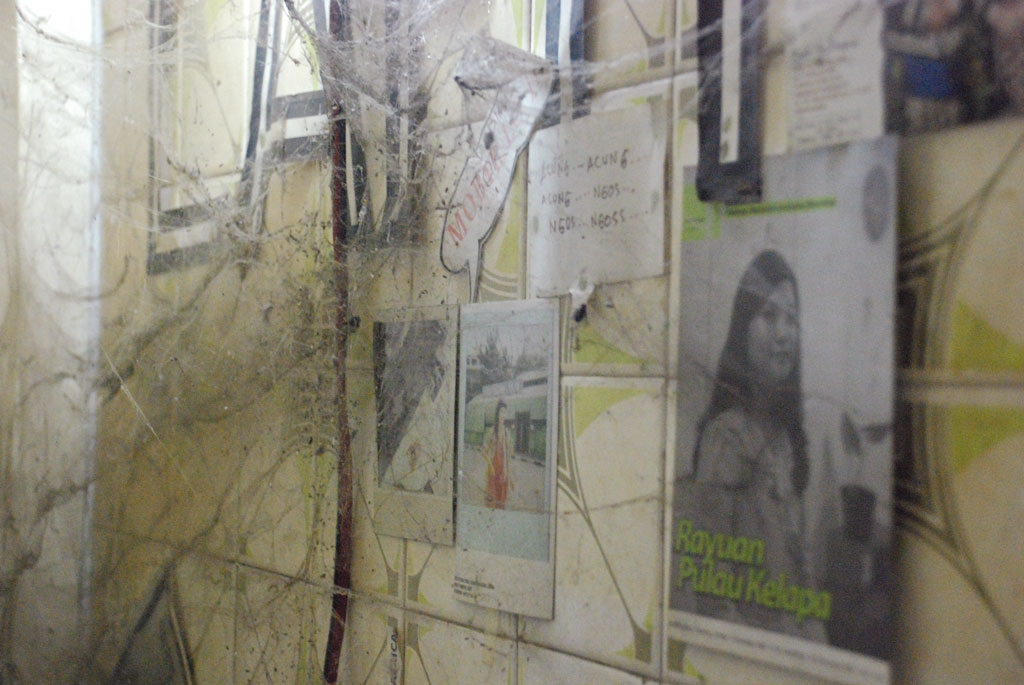
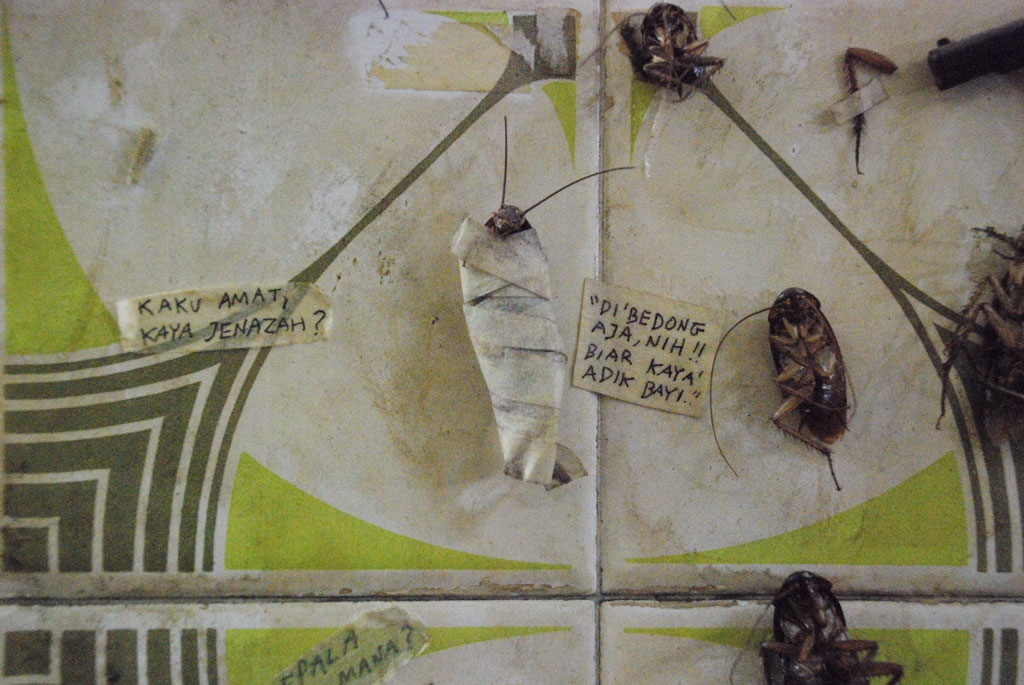
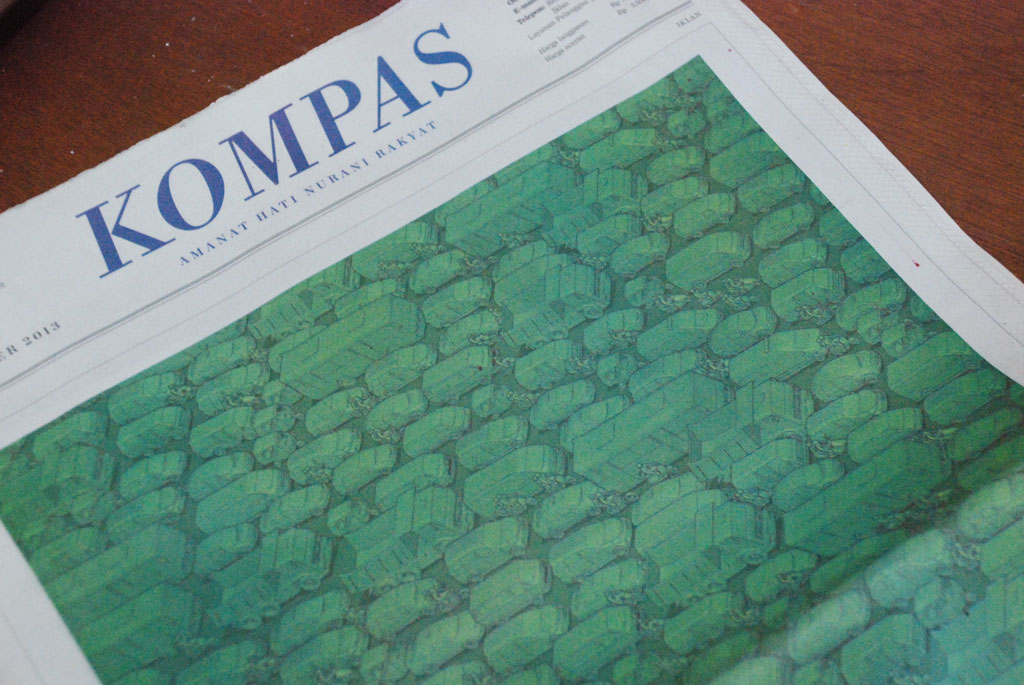
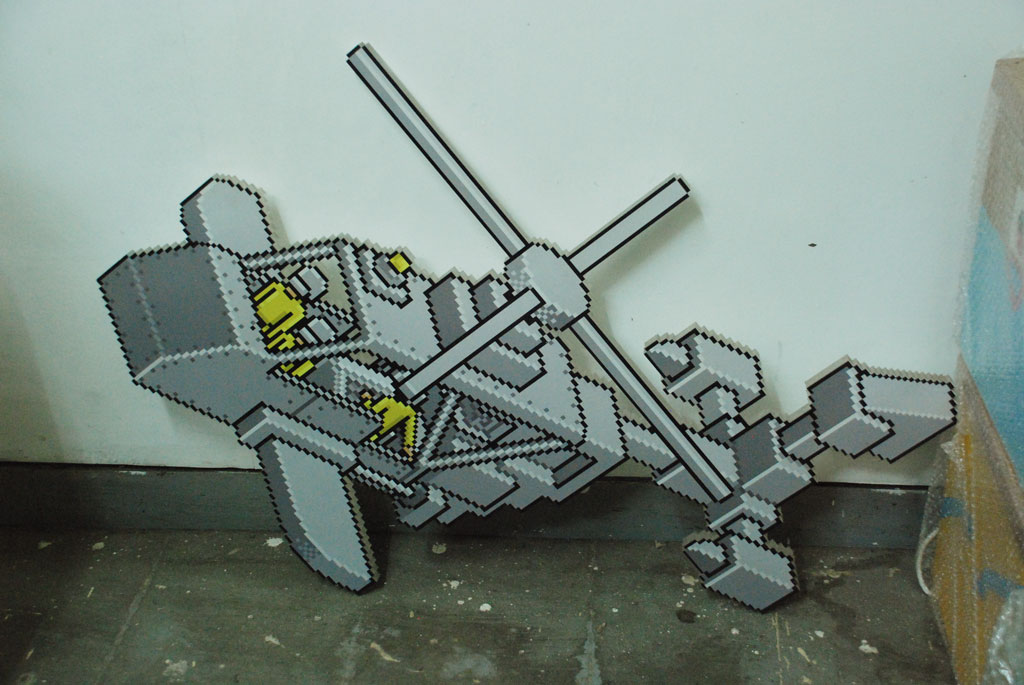
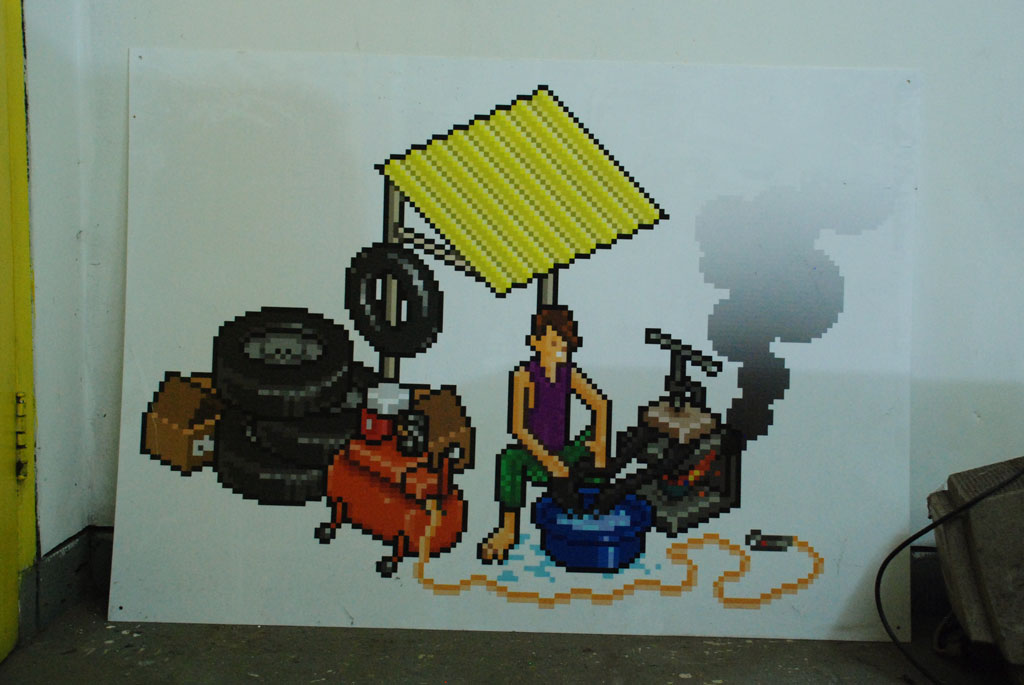
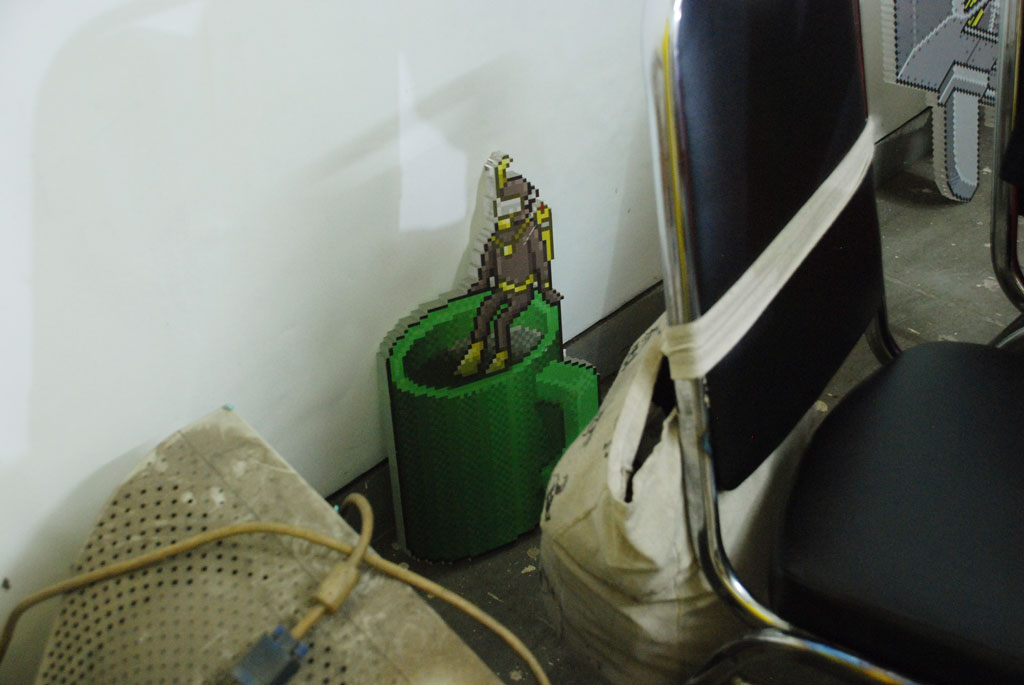
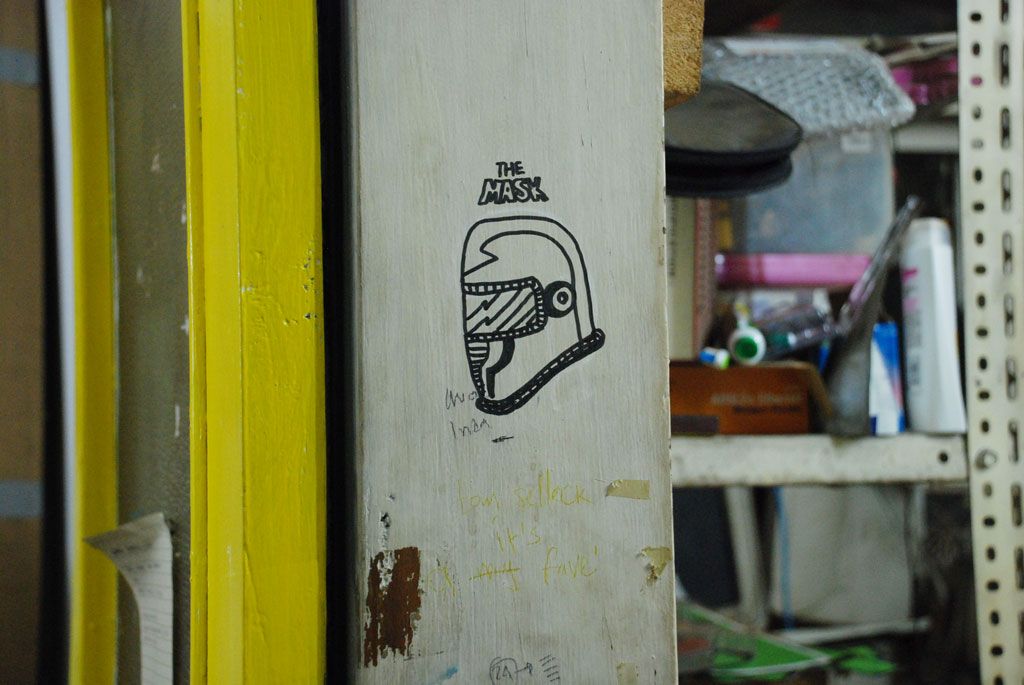
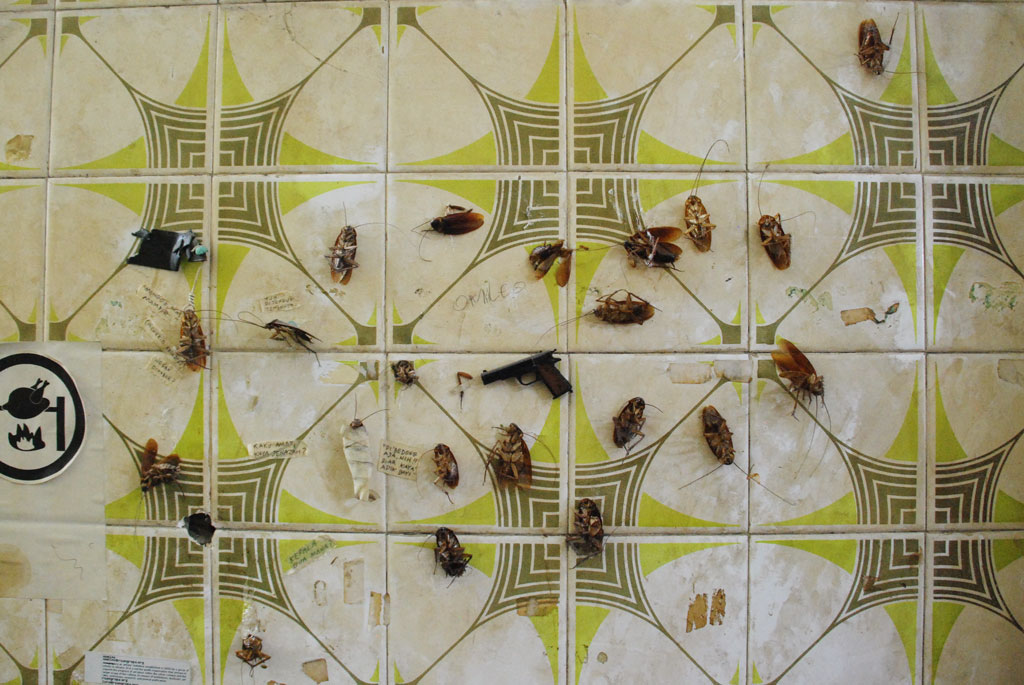

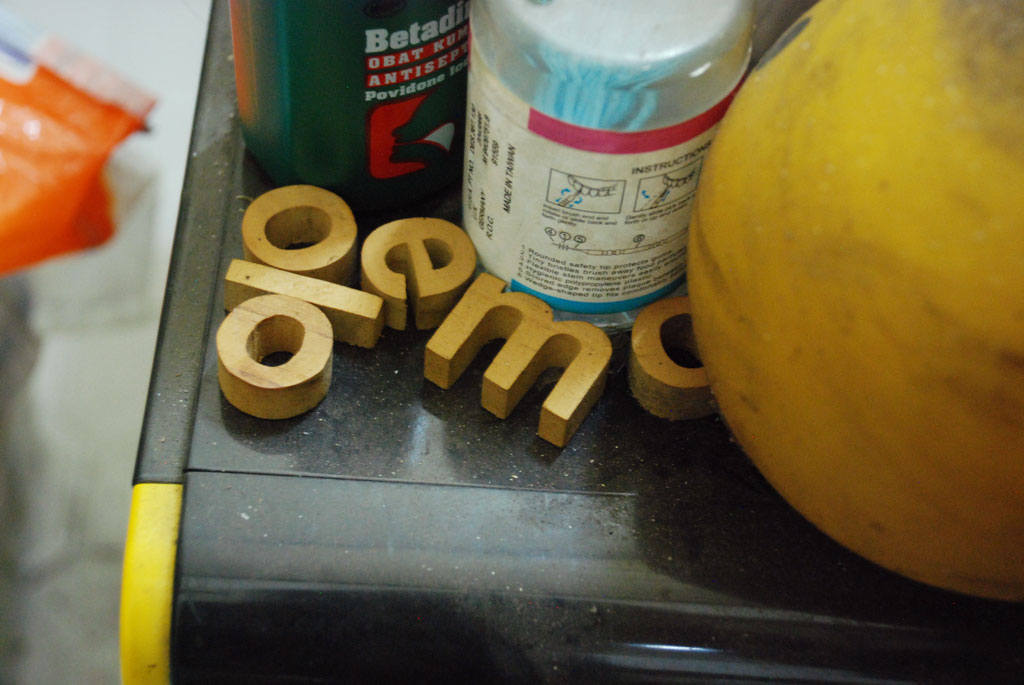
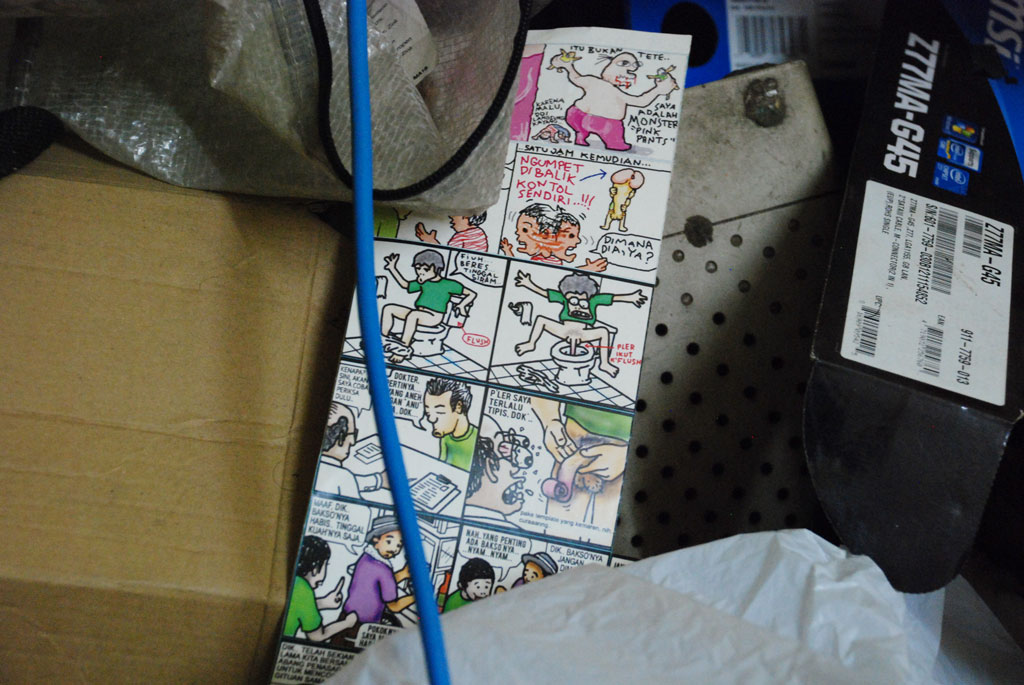
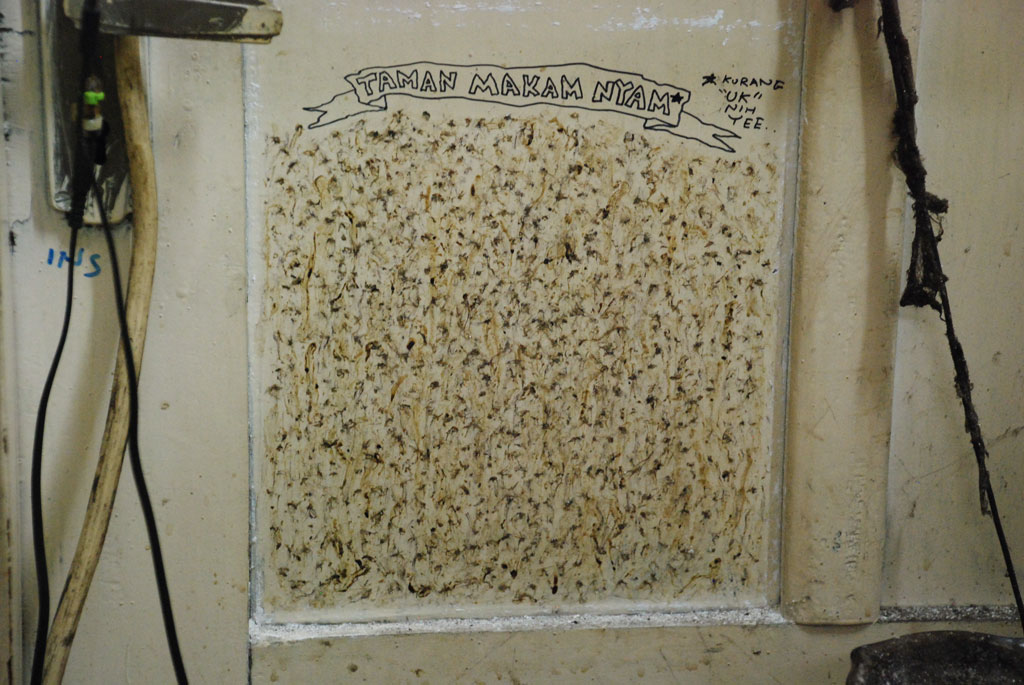
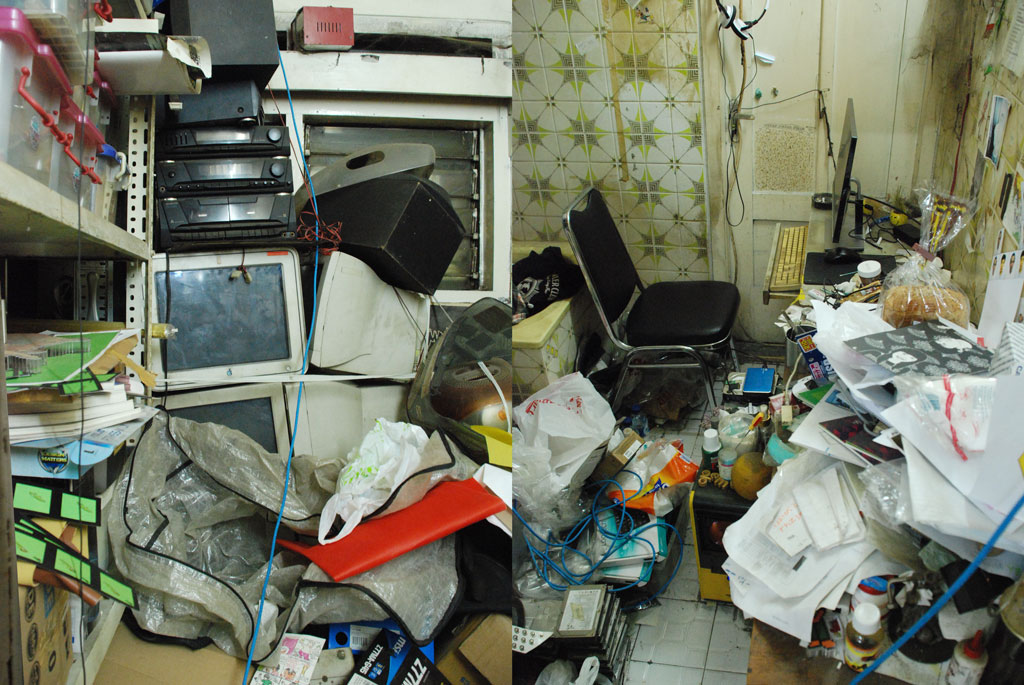
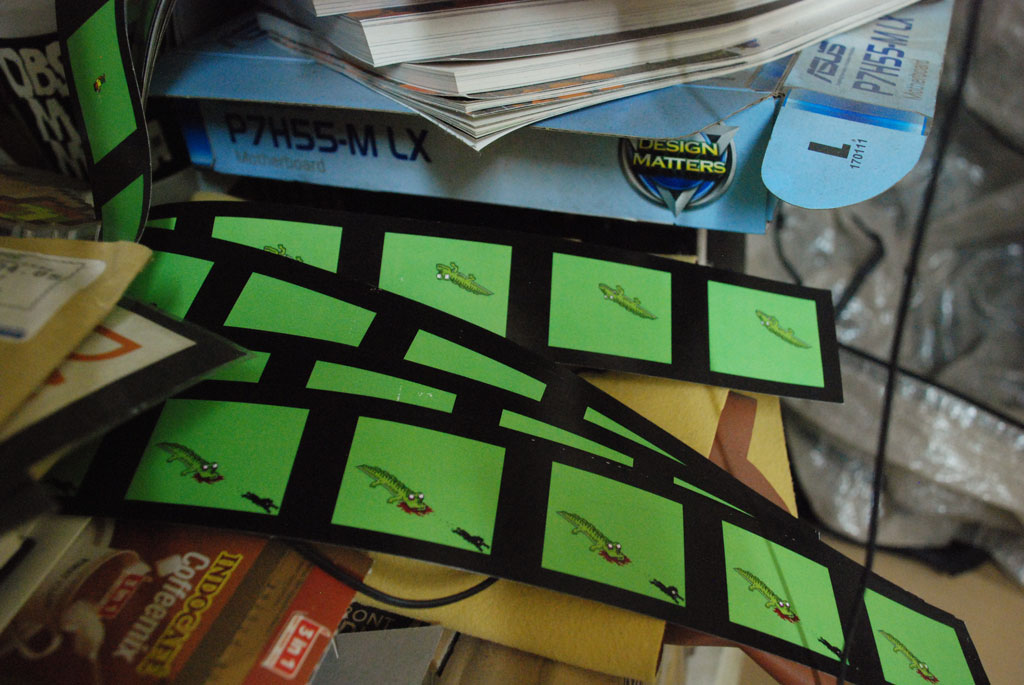
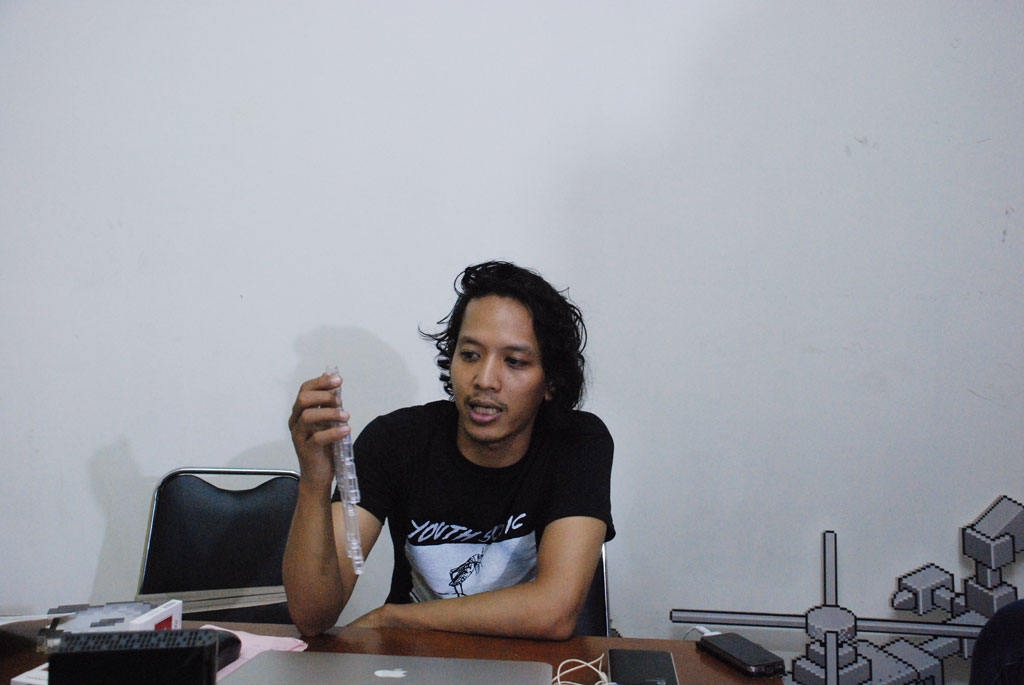
M
We read from Cream Creative Magazine that your pixel art is influenced by eBoy. Could you tell us a bit about your interest in pixel art?
O
Pixel art is a relatively new art form that is influenced by technology. In the 90s, with the advent of Adobe software and Microsoft Paint, pixel art became an accessible digital art form. Before these software were made, creating 8-bit forms like Mario Brothers needed specialized programming skills, which only a relatively few people could do – it was exclusive. When software such as Photoshop, Corel PaintShop, and Microsoft Paint arrived, people started to experiment with pixel art.
EBoy’s influence in this field of art was huge. They understood that pixel art can be blown up and transferred into a physical art form. They used these new software enlarge the pixels – exaggerating them into recognizable forms. EBoy were the pioneers of bringing pixel art into the world of design and visual art – like I said before, creating pixel forms was exclusive to those in the field of computer programming.
Because of eBoy’s influence – which was about 1998 – 2004, everyone were doing their style of isometric pixel art. They became the benchmark of the art form, like DaVinci and Raphael would be for painting.
What’s great about pixel art and eBoy’s influence is that once you have a pixel dimension, you can apply and combine the many figures you have created. You can apply the pixel images you have created into any physical formats – fabric, paper, etc.
M
What are were the ideas and themes you do with pixel art?
O
Right now I am mostly creating images based on my surroundings. When I started, I was very imaginative.
M
From what we have seen, the view of the objects you have done are from a wide angle. Is there a particular reason you have chosen to do this?
O
Firstly, using this wide isometric angle is the easiest way to learn to create pixel art. Secondly, when making a close up – more detailed perspective of an object – you lose a bit of the soul of the pixel art, in my opinion. With the same amount of pixels you use to create a close up image of one object, you can compose many objects with a wider point of view.
M
Could you tell us the what is the ‘soul’ or essence of your pixel art?
O
I believe the essence is in the effort. I am awake 16-18 hours in front of the computer every day. Even now being married, I still need to dedicate a lot of my time to create my work. Composing these images needs time and momentum –leisurely activities takes away both. I need to dedicate my time creating art, it isn’t something I can do sparingly.
I manually create individual pixels and form an object, which is then combined into an even larger image – it is a laborious work, one that makes me feel very attached to.
This is one of my proudest achievement [brings out Kompas newspaper], I am the only person whose illustration has ever become Kompas’ front page – and this was the first time Kompas has ever had an illustration as its front page.
M
That’s impressive. How did this project come about?
O
I am part of an agency that introduced me to Kompas. What I first made for the newspaper was this elaborate pixel art of our cities situation with traffic jams, but the art director rejected it – he wanted an image of cars. Even if I was a little disappointed it was all good, I’m happy to have my work on the front page of Kompas.
M
What do you think is the future of pixel art? Do you think it is a passing style? How will it continue?
O
I have created pixel art for over a decade – I started about 2002. This is the art form that I fell in love with. It is a feeling that is difficult to explain… it’s like a person who plays rock music discovering jazz and then plays jazz until he dies – that is what I experienced with pixel art. When I was introduced to this art form, I let go of my illustrating with pencil, pen, etc, and dedicated my time to creating on a computer. Now when I paint, it becomes more of a nostalgic experience because now I can practically do everything I have done on the canvas with a computer.
I have at times felt bored, but then I would remind myself that if I was to stop then I would be taking a step backward. I have reached the PhD of my craft, and I have to continue creating.
Looking at the future, I do sometimes question whether or not pixel art will die. It can happen – let’s say monitors are replaced and no longer exist, then my craft is dead. As long as computer monitors still exist, then I will be okay.
M
You are very attached to your computer.
O
I pretty much live in front of my computer. For me, spending time with a computer is better than doing a lot of other activities. Sometimes, when I am outside, I would get homesick and think about my computer.
M
Other than pixel, is there any other form of visual art that you are interested in?
O
I enjoy 3D art, and line art in the context of pixels. I create 3D layouts before I create my pixel artwork. It helps me see the shapes and dimensions of objects before I translate them.
I have enjoyed creating line art for a very long time. I enjoy creating lines and outlines.
M
You are also known as a musician, particularly with Goodnight Electric. Could you tell us how the group was formed and what your part was in it?
O
During my time in high school through college I was thirsty for knowledge. I wanted to learn music and how to play it, learn how to write, I wanted to learn everything. You have probably felt it as well – if you want to be smart, you should learn about everything.
I think I learned too many things during this time – music, writing, philosophy, hair styling, karaoke, electric devices, computers, being drunk, even drug dealing.
M
You wanted to understand and not just accept things as they are.
O
Yes, but only for that moment. During high school and college, I felt that being smart earned me respect. Being smart was the best feeling. I learned information technology so I can brag to my friends (laughs).
Music was one of the subjects I wanted to learn. I wanted to learn all music software I can get my hands on. I was learning Fruity Loops and was recommending Batman (founder of the band, Henry Foundation) software and midi. Batman, being smart and resourceful, recorded a full Goodnight Electric album by himself. He walked in to Ruang Rupa one day asking me to mix some parts, Rebecca (Rebecca Theodora) to record vocals on another, and the album was finished.
The music was good and I asked him to be a part of the band – he first asked Bondi (Goodboy) to join the group, and I asked him to be a part of it because I thought it would be cool to join the band.
M
When performing, you were playing instruments as well?
O
When we were first performing I just danced and pretended to play a synthesizer (laughs). I used to just hit ‘play’ on a CDJ and when there was a synthesizer on stage; I didn’t even know whose it was and it wasn’t even on; I just hit the keys pretending I was playing something (laughs). Bondi was worse, he would wear a mask on stage with one hand on the keyboard and wouldn’t hit any of the keys the whole set (laughs). When we first got a Microkorg and Alesis we wouldn’t even play notes – we would just create these boom and zappy-synth sound effects on stage (laughs).
When Goodnight Electric saved enough money Batman bought a keyboard and told me to hit some keys on stage. I understood music basics so I learned how to play the keyboard, and in Goodnight Electric’s second album we were all playing instruments.
M
Are there any plans for another Goodnight Electric album?
O
Goodnight Electric is planning another album. The group has been on hiatus because Batman and Bondi got married and have kids. Their children are no longer infants so now we now have the time to become famous again (laughs).
The whole point of making a band is to get famous – to get applauded. When I see Batman I tell him “Bat, remember? We used to be famous, when we go places people knew who we were” (laughs).
When we were recently invited to perform in Bali, we just wanted to get on a plane, get drunk, and be superstars for the brief moment it allowed us (laughs). But seriously, our target has never been about music – we’re all happy with our separate activities.
M
You have also written music for White Shoes and the Couples Company (WSATCC). Could you tell us about creating them?
O
I wrote a song for WSATCC’s first album, Senja. It all started because I would play guitar with Ale (Saleh Husein) and Rio (Rio Farabi).
M
Your background in music is the guitar?
O
Yes, I used to play guitar and bass in junior high school and high school. My father was a jazz drummer, and all of our cassettes at home were jazz. When I was young, other than my father’s collection, I listened to PMR (Pengantar Minum Racun), Rita Sugianto, Obbie Messakh – my music taste was not what most people considered cool.
M
Did you have formal training in music?
O
Not at all. My father had a collection of guitars because he liked how they looked. Since I grew up listening to jazz, that was what I learned on the guitar. I played jazz in grade school, junior high school, during college in Yogyakarta – even though I never finished.
When I returned to Jakarta I would hang out in Ruang Rupa and play the guitar as well as make songs with the WSATCC kids. Ameng (WSATCC manager, Indra Ameng) said he wanted to record one of my songs for their album, I said sure and was like ‘yay, I’m on their album!’ When I learned they were making a second album I asked if I can make another song and that’s that –nothing was really planned. WSATCC are pretty well known so I figured I can get some of that fame too by contributing a song (laughs). You can ask the kids, they know (laughs).
M
For the second WSATCC album (Album Vakansi) you contributed “Kisah Dari Selatan Jakarta.” Could you tell us the process?
O
I brought them the chords, midi as well as the partiture and they learned the song. They needed lyrics to the song so I spent the night writing them, the kids at WSATCC liked them and just like that, we were done.
M
Next is your acting. You recently starred in Anggun Priambodo’s feature film, Rocket Rain. Could you tell us a bit about that?
O
I started acting because of Ruang Rupa. The kids here used to make stupid videos for fun – Asung getting slapped around, detective videos, I made a video about orang sakti (invincible people)
One day Anggun asked me to audition for his film. My experience on film has only been as a cameo – in Berbagi Suami, I was on screen as an MC for 15 seconds, I was an extra on Quickie Express – but even then, they just wanted me to be my silly self. For Anggun’s film I had to learn how to act, and it scared me. I don’t like being on camera, it is really awkward. When I auditioned, Anggun said he liked my acting so that’s how I got to be in his film.
Anggun put me through an acting workshop. The coach taught me to disregard the camera, because as an actor your responsibility isn’t for the camera, it is for the director. This made me more comfortable for the shoot.
Acting really isn’t my world, I don’t think I can do acting seriously. The occasional cameo and silly videos are cool, but I don’t consider making it a career. I do enjoy making videos, though.
M
How about that nude scene? Was it difficult to do?
O
It was in the script, and I just considered it as being silly. They told me there would be a nude scene, then we figured that we’ll just do a silly sex scene (laughs). My wife didn’t like me doing that.
M
You have done everything from music, art, film, to writing. Is there a commonality in your approach to these different art forms?
O
I love doing things that I love. Because I love plumbing I learned plumbing. Same goes with digital imaging, writing, learning how karaoke machine works, music, computers, radio etc.
M
Could you tell us about your involvement with ruangrupa?
O
I was jobless when I returned to Jakarta from Yogyakarta. I have been friends with the people there, particularly with Ade Darmawan (ruangrupa Director) from when we lived in Yogyakarta, so I started hanging out at ruangrupa.
Seeing that I wasn’t doing anything, Ade suggested I help create a computer network in ruangrupa – I was the IT. So I built these high-tech computers and network where we ended up playing the Medal of Honor game against each other on (laughs). It was counter-productive, so then I was asked to create ruangrupa’s website as well as various odd jobs such as electricity, computer network, web hosting, the plumbing, and various installation – I became the technician here.
When me and other members of ruangrupa get freelance jobs or grants for exhibitions, we give a percentage of our earnings to ruangrupa. This is truly a non-profit artist initiative space, and I sincerely love this place. I come here everyday and feel most comfortable here with my friends.
M
To end this interview, what is coming up in the future for Oomleo?
O
I am now a full-time artist – as in art is what I am pursuing professionally – so I will be doing mostly exhibitions this year. I will have an exhibition in Bandung, in Jakarta, at Media Art Kitchen in Aomori Japan – a Japan Foundation program, Singapore, and I am applying for an exhibition in London.
I also really want to make music – a band where I can create songs that I want. It would be something along the lines of the Peddlers, a 60s British pop group I found while watching Breaking Bad. I love singing, not good singing, more like in the shower-type of singing.
M
Thank you for the interview!
O
Thank you for visiting me!









